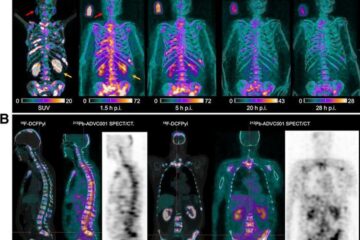Ice Ages and rivers may have affected gorilla diversification

The collaborative School of Biosciences study shows that the genetic composition of gorilla populations varies across different parts of their current geographic range and that this variation may be tied to Ice Age climate change and river barriers.
Professor Mike Bruford, School of Biosciences said: “This wide ranging variation is a crucial consideration given the current catastrophic decline of great apes throughout Central Africa, current climate change patterns and the need to develop strategies to protect remaining populations from extinction.”
Using DNA data extracted from shed hair and faeces, the researchers found that regional differences in gorillas may have been shaped by Ice Age forest “refugia” that harboured remnants of suitable habitat and rivers that pose barriers to gorilla movement in the western Congo basin.
At high latitudes, expanding ice sheets forced some species into ice-free ‘refugia’ from which they evolved differences from one another. In contrast, the colder, drier climates experienced in the tropics led to the contraction of continuous forest into isolated pockets.
Geographic-based computer analyses also indicates that the genetic differences between gorilla populations is explained, in part, by the distance gorillas need to travel around river barriers, since in common with other large primates, they cannot cross large rivers.
Media Contact
More Information:
http://www.cardiff.ac.ukAll latest news from the category: Earth Sciences
Earth Sciences (also referred to as Geosciences), which deals with basic issues surrounding our planet, plays a vital role in the area of energy and raw materials supply.
Earth Sciences comprises subjects such as geology, geography, geological informatics, paleontology, mineralogy, petrography, crystallography, geophysics, geodesy, glaciology, cartography, photogrammetry, meteorology and seismology, early-warning systems, earthquake research and polar research.
Newest articles

Silicon Carbide Innovation Alliance to drive industrial-scale semiconductor work
Known for its ability to withstand extreme environments and high voltages, silicon carbide (SiC) is a semiconducting material made up of silicon and carbon atoms arranged into crystals that is…

New SPECT/CT technique shows impressive biomarker identification
…offers increased access for prostate cancer patients. A novel SPECT/CT acquisition method can accurately detect radiopharmaceutical biodistribution in a convenient manner for prostate cancer patients, opening the door for more…

How 3D printers can give robots a soft touch
Soft skin coverings and touch sensors have emerged as a promising feature for robots that are both safer and more intuitive for human interaction, but they are expensive and difficult…




















